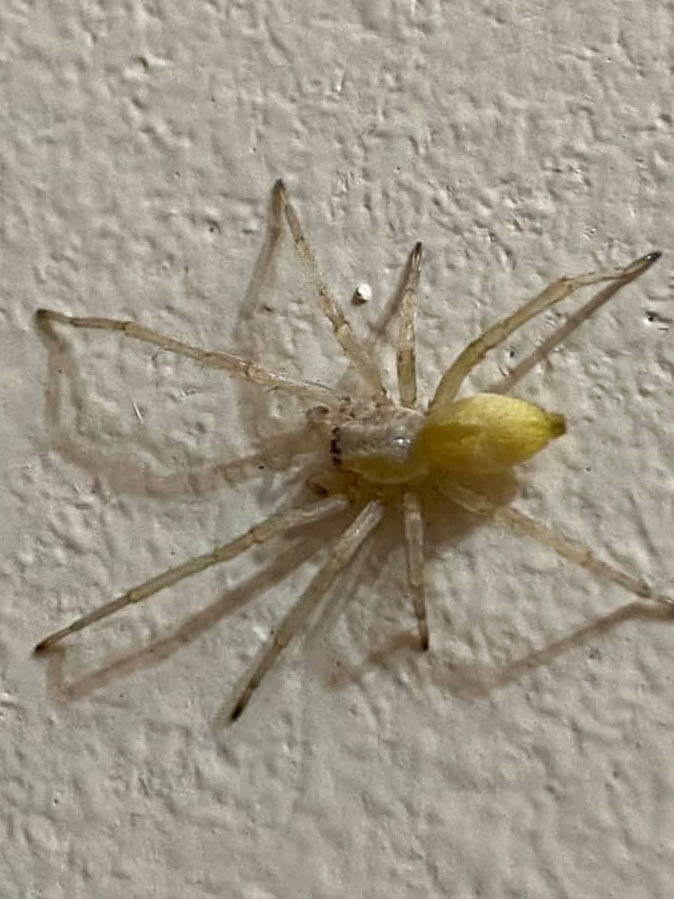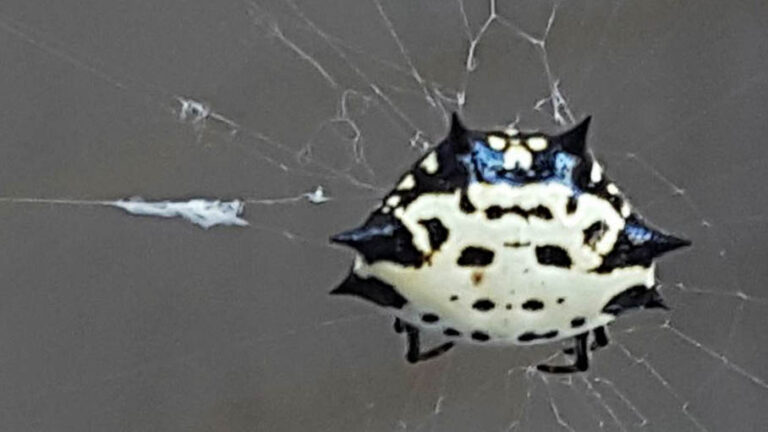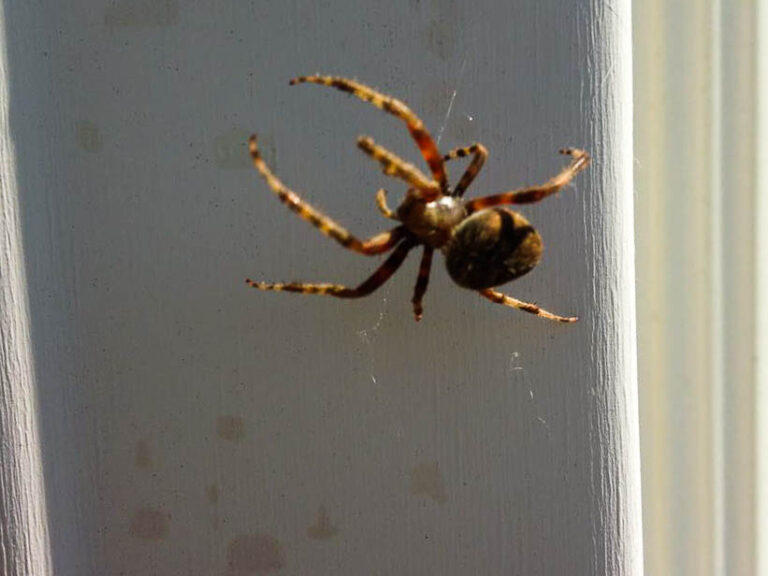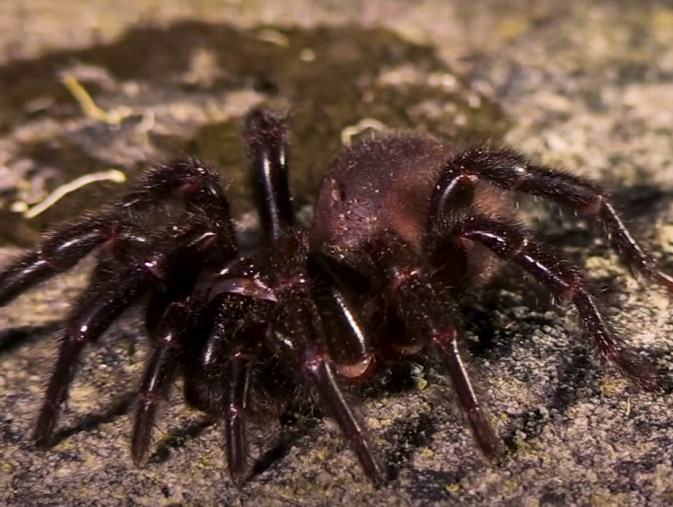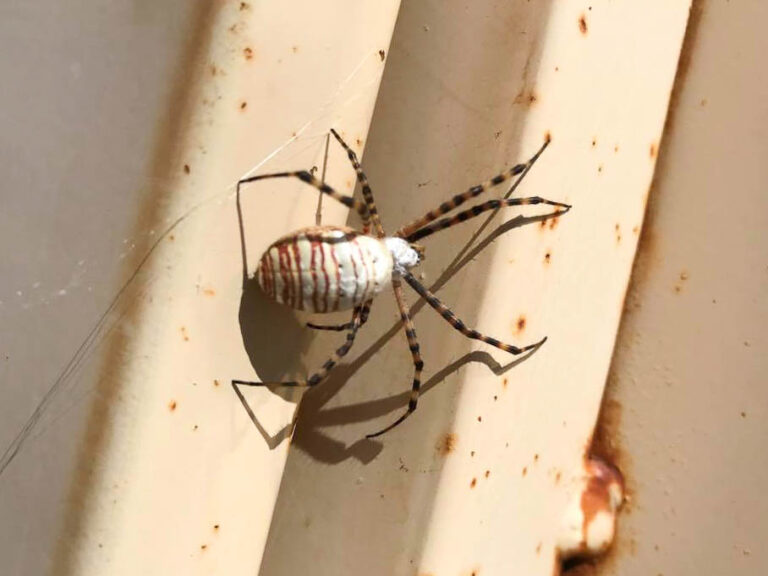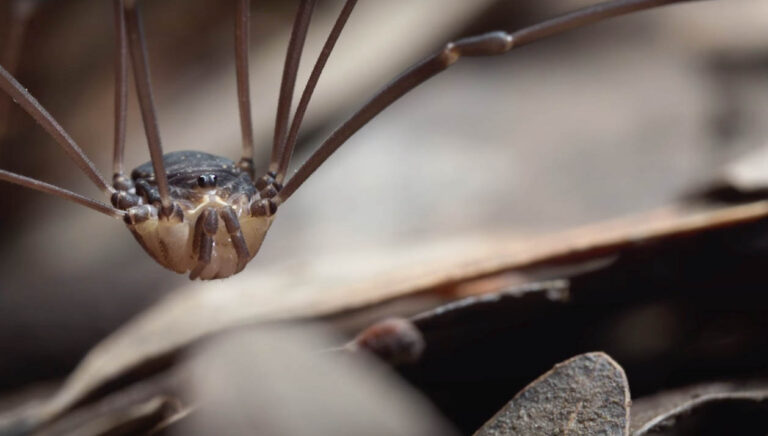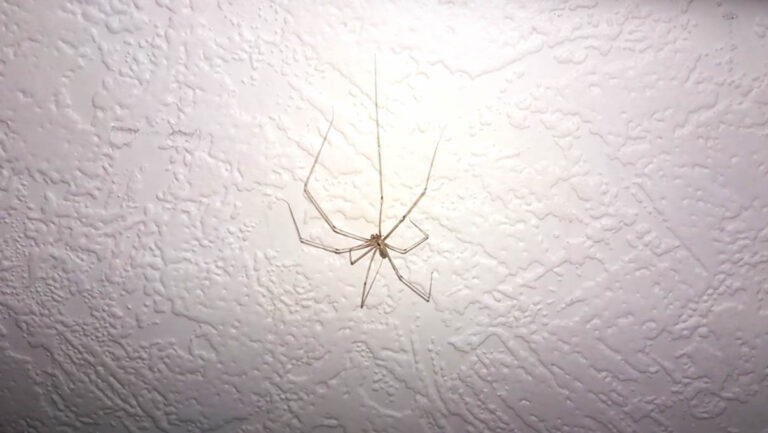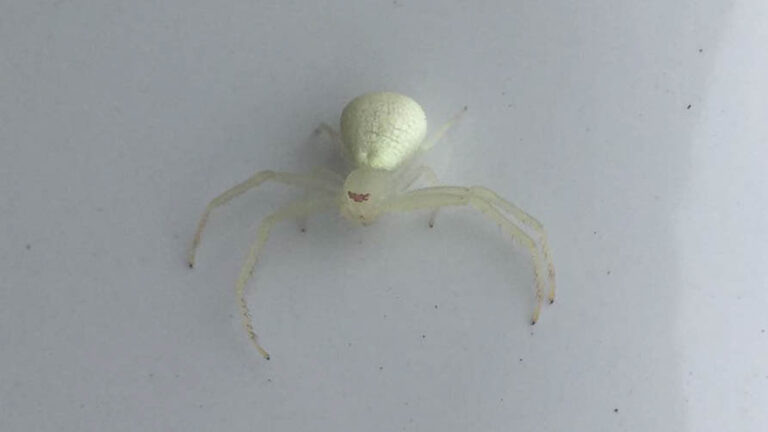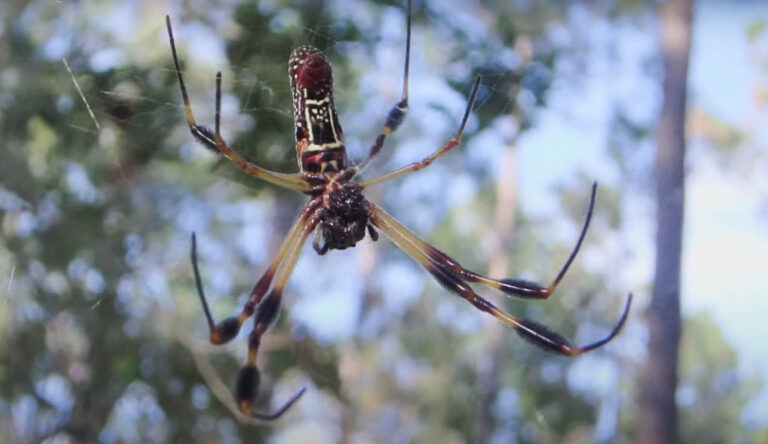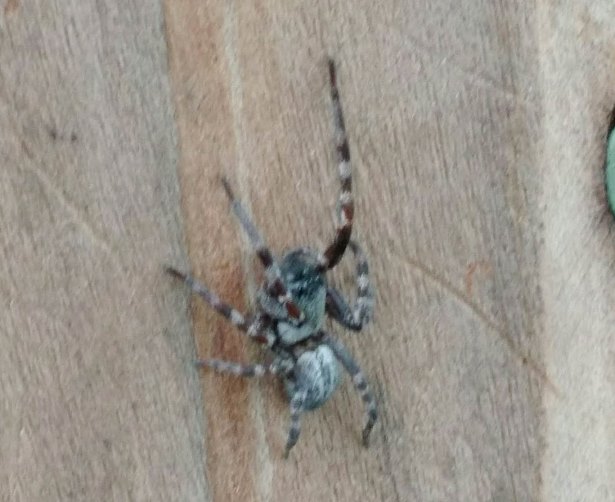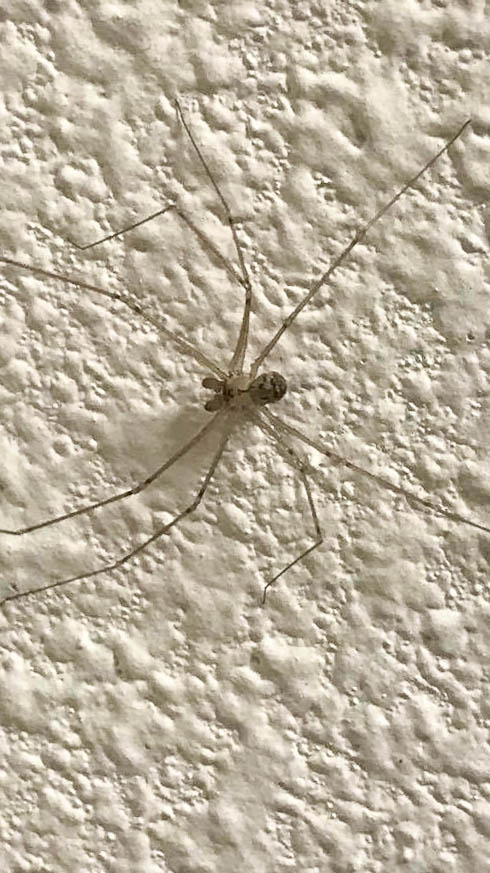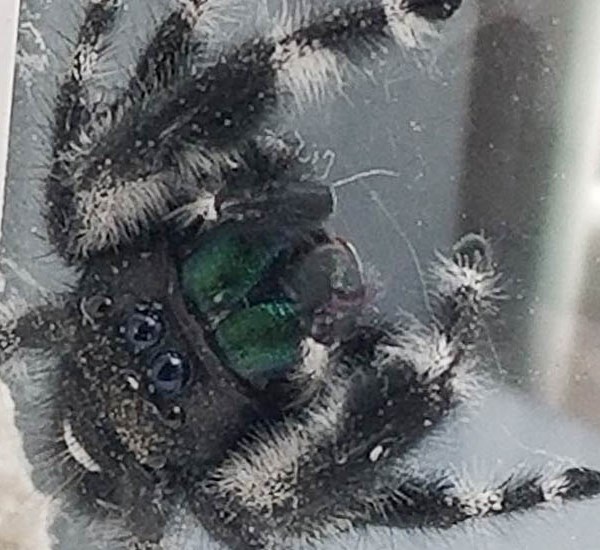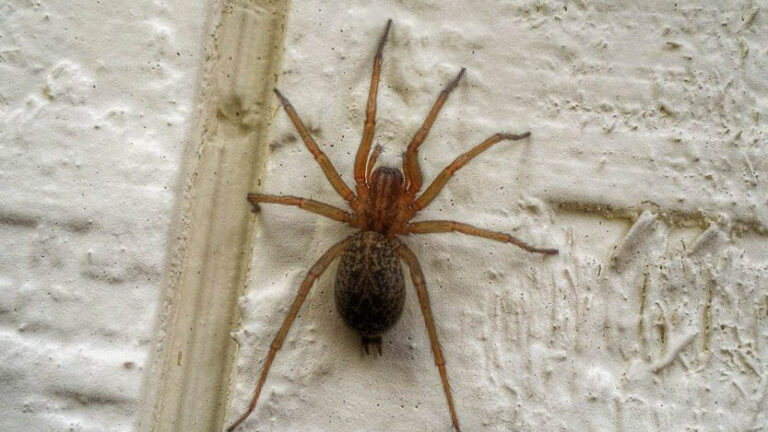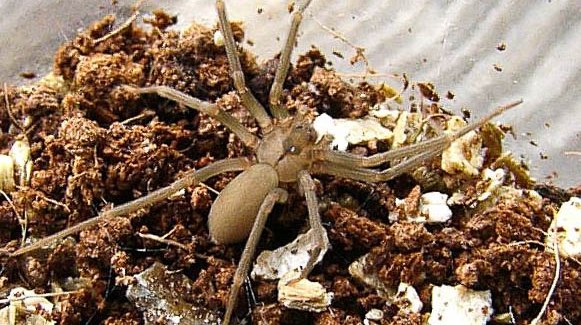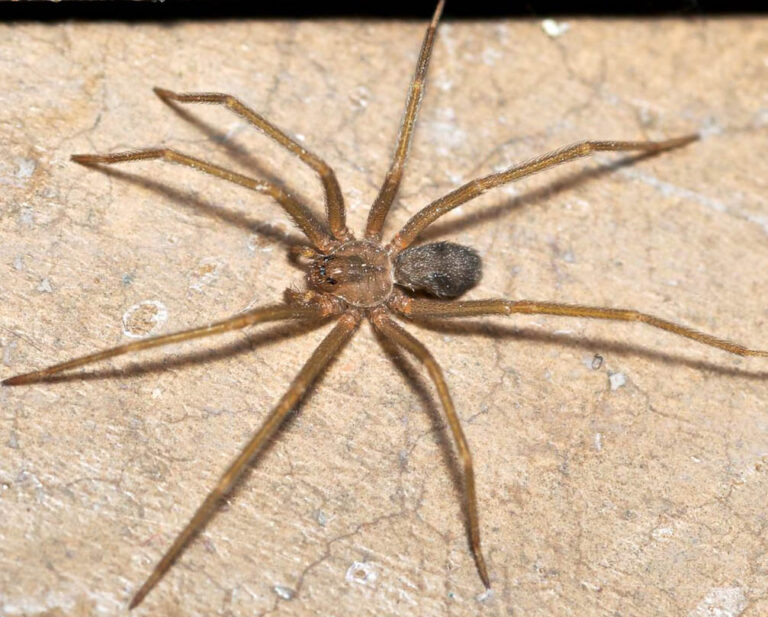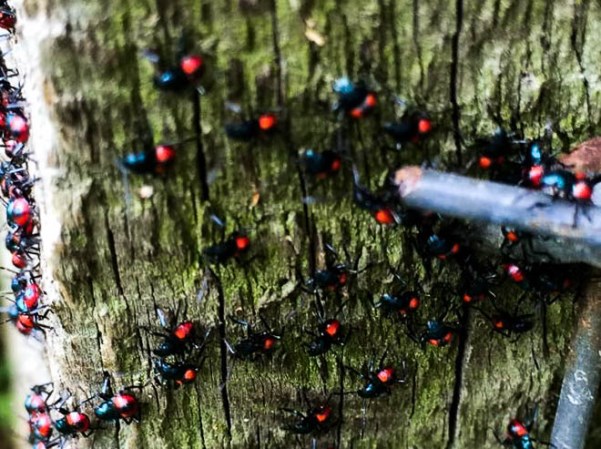About Harvestmen Spiders
Habitat
Yellow sac spiders spend their days hidden in flattened silk-tube webs. At night, the spiders come out to hunt. Here are the common habitats for the Cheiracanthium inclusum, or the yellow sac spider:
- Sub-Saharan Africa
- The Northern Hemisphere
- Agricultural ecosystems
- Trees
- Residential areas
- Tropical savannas
In human houses, this spider species often crawls on vertical surfaces like doors and walls.
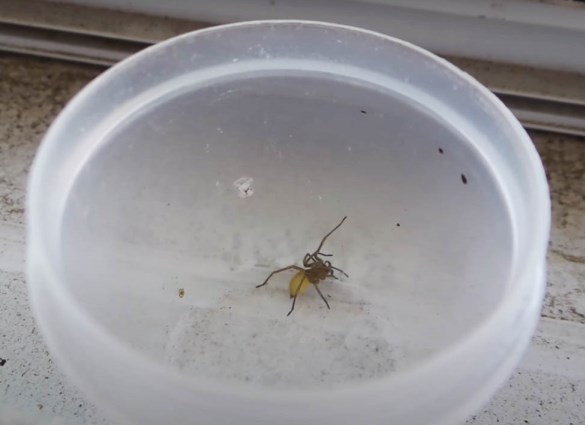
Are Yellow Sac Spiders Harmful?
Yellow sac spiders are armed with powerful fangs capable of penetrating human skin. The spider’s bite contains a cytotoxic venom that causes adverse necrotizing side effects. Yellow sac spider bites are common with people involved in outdoor activities such as gardening and camping.
The spider’s venom often results in non-life-threatening effects such as nausea, malaise, and fever. Once bitten, one experiences a burning sensation on their skin. The pain subsides from as soon as an hour to ten hours later. However, there’ve been no recorded fatalities as a result of a yellow sac spider bite as of yet.
On the contrary, yellow sacs play an important pest-control job in the agricultural ecosystems they inhabit. These spiders feed on the unwanted pests in people’s apple orchards, vineyards, and cotton farms.
How to Control Yellow Sac Spiders
Have you confirmed you are living with yellow sac spiders? Well, you are ready to begin their removal and control. To begin with, place a pro-glue board in the suspected entrance areas of these spiders. The glue board catches present and incoming spiders. Alternatively, remove or organize any unorganized items in the house, debris in the surroundings, and any other materials that could host these arachnids.
Eventually, use Pyramid aerosol or Reclaim IT insecticides to eliminate the yellow sac population in your compound. Remember to read instructions carefully and put on PPE (Personal Protective Equipment) when handling the two chemicals.
About Harvestmen Spiders
Harvestmen spiders, sometimes called daddy longlegs’, are one of the over 1,800 species in the Pholcidae family. These members of Arachnida are sometimes referred to as shepherd spiders even though they’re not spiders. This name came into existence as the harvestmen walk as though walking on stilts like the European shepherds while looking after their flock. Below are some of the ways to identify these interesting pholcids.
Appearance
Harvestmen are among the interesting arachnids known for their extended spindly legs that make them appear as though they’re walking on stilts. In most cases, people confuse them with spiders, though they’re from a different order. “Daddy longlegs” often have a grayish to brownish color. But bearing chevron marks or stripes are also common. Their thin body stretches for 0.08 to 0.39 inches, or 2 to 10 mm, while the pholcid spiders’ legs are 50 mm, or 1.97 inches long. Many species, for instance, the Smeringopus and Pholcus species, have two sets of eyes. The first set features two lateral groups of eyes arranged in three groups, and the other set comprises of two median contiguous eyes. Species having six and eight eyes are very abundant in this spider family.
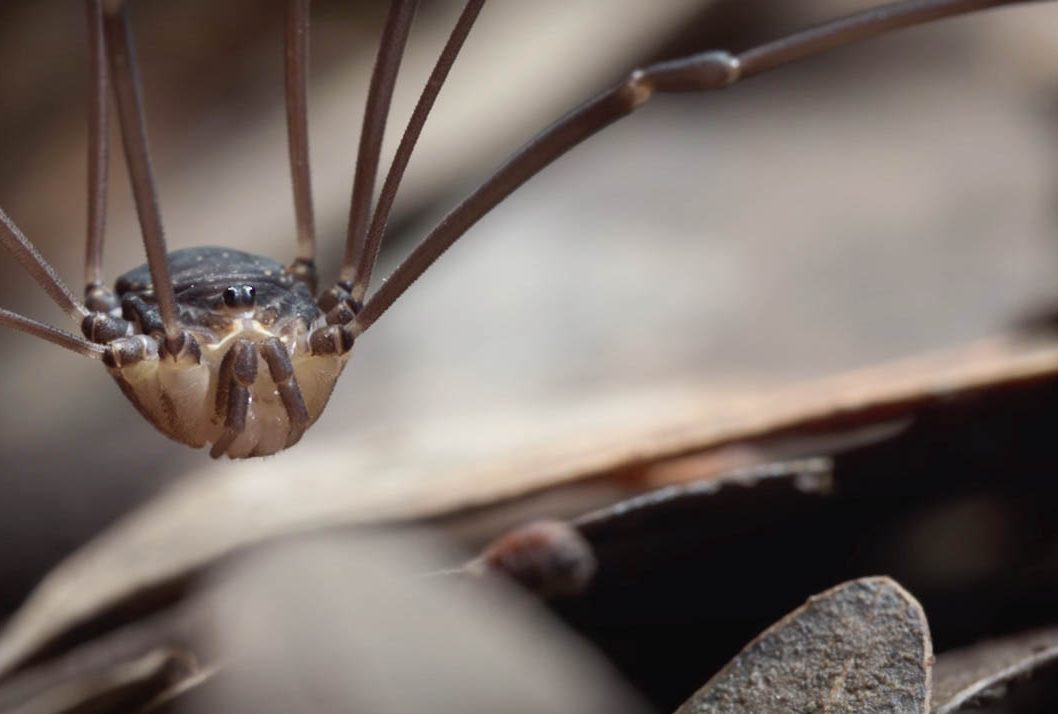
Other notable appearance traits are:
- A delicate peanut-shaped body
- Either cylindrical or globose abdomens
- A short hooked fang called “uncate”
- One dominant segment only
Behavior
The behavior of the harvestmen spiders varies across species. These spiders create an irregular-shaped web to trap small prey. They first subdue the trapped prey by enveloping it with silk-like material before delivering a lethal bite. They either eat their prey on the spot or store it for a later feast. After feeding, these arachnids unhook and release the prey remains from their irregular webs. When threatened, the spiders vibrate rapidly in a gyrating motion. The spiders vibrating threat responses have earned them the name “vibrating spiders.” Some species also respond to threats by emitting an acrid-smelling fluid from their frontal scent glands to scare away potential enemies.
Life Cycle
On average, it takes about one year for these spiders to go from egg to adult stages. The harvestmen spiders’ lifespans vary according to their sex. Males typically take one year to go from egg to adult. After about one year, the male spiders mate and then die. However, females live for about three years.
Misconception: Daddy longlegs are rumored to possess the most potent venom in the arachnid world, but that’s untrue. In fact, these spiders’ weak fangs can’t pierce or penetrate human skin.
Habitat
Harvestmen are found all over the globe, except for Antarctica. The species constructs complex and irregular-shaped webs in damp and dark spaces. In the wild, the spiders often build their webs in places like caves, abandoned mammal burrows, rock crevices, and loose barks. However, in human habitation, the harvestmen spiders live in cellars and attics, and high corners. Occupation of cellars and attics has earned them the name “cellar spiders”. The populations of these critters blossoms in late summer just as harvesting is about to take place. Their abundance during harvest times is responsible for their name: Harvestmen Spiders.

Are Harvestmen Spiders Harmful?
Harvestmen pose an insignificant danger to humans. In fact, they have weak fangs that can’t break humans’ skin. However, they possess different defense mechanisms—their frontal scent glands produce a foul odor to scare away suspected enemies. This happens when they are disturbed.
How to Control Harvestmen Spiders
These arachnids are beneficial to humans. For that reason, their control is not necessary. However, if they invade your home, you can vacuum them or use a broom to sweep them away. Alternatively, you can contact pest control officials for an appropriate insecticide.

